Surely we all know someone who at some point has suffered any type of injury, such as sprains, strains or muscle injuries, and surely we have also seen or heard someone give that person advice on how to recover from it. However, heeding these recommendations can sometimes end up being harmful to the health of the injured person.
It doesn't matter if you exercise vigorously and regularly, or only once in a while: the possibility of injury is always present. When this occurs, it is important to pay attention to the signals your body sends, gradually return to the previous level of activity, and follow the advice of your doctor or physical therapist.
That's why we mention 5 injury myths that can delay your recovery .
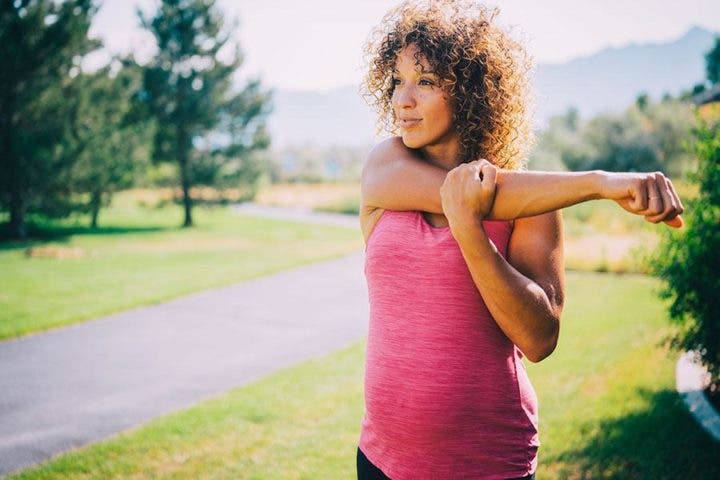
5 myths about sports injuries
1. All you need is physiotherapy
Physiotherapy is a tremendously useful tool when we talk about recovering or treating an injury, but if we do not apply this tool correctly, the recovery will probably be prolonged or not fully produced.
That is, your physical therapist's task is to use practical techniques to relieve your pain and offer you recommendations to resolve any errors or weaknesses in the best way, but your recovery will only depend on how well you incorporate those recommendations into your daily life.
Therefore, it is important that you follow all the advice of the physiotherapist so that your treatment works and is effective, because if you do not follow their instructions step by step, you can cause permanent pain or functional limitations in your body.
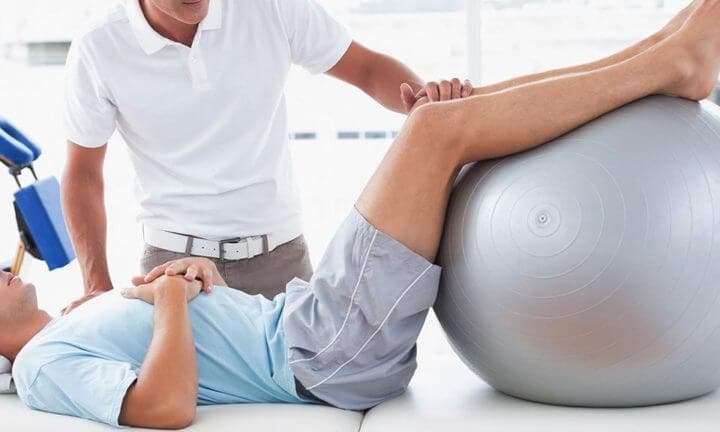
2. Stretch before training
Stretching a cold muscle can lead to injury and decreased performance.
A study published in The Journal of Strength and Conditioning Research found that static stretching before a workout can reduce lower body strength (Gergley, 2013).
Forcing a cold muscle to stretch or outside its ideal temperature can even cause tears and decreased performance, but what you can do is a round of wide-range movements, progressively increasing speed in so-called dynamic stretches.
At the end of the training session, as a way to calm down, passive stretching should come.
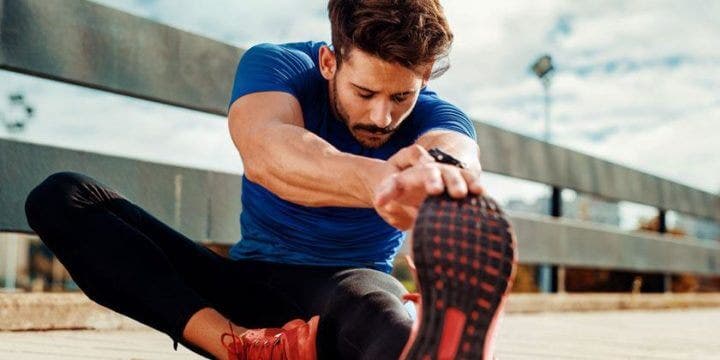
3. Lie down if your back hurts
Not doing physical activity when your back hurts can be a big mistake. Not always these muscle aches are related to physical activity. What's more, back pain can often be related to physical inactivity . That is why it is recommended, when this happens, to do physical exercise to strengthen yourself and avoid this type of pain in the future.
If your back pain isn't immobilizing, move. Make sure to modify the intensity of the exercise according to the comfort and capacity you have. If the pain persists or worsens, you should see your doctor or physical therapist as soon as possible to find out where the pain is coming from and how you can fix it.
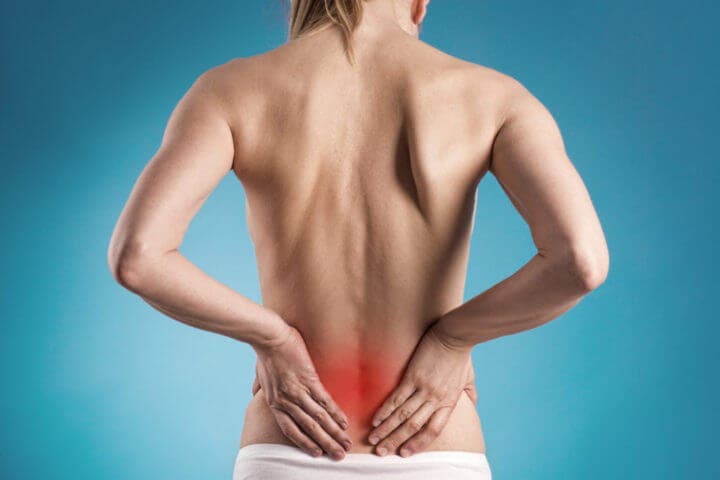
4. The knee pads do all the recovery work
The knee pads as protection will not make us immune to the intensification of the injury or suffer it if you still do not have pain.
If there is pain, there is a mechanical issue that you must solve through muscle strengthening for better joint support, unloading or stability in the joints that will really solve your problem.
Many people who have had problems with their knees think that by using this type of protection they will be safe from further mishaps and continue to lead their normal lives, as before the injury, but this is a serious mistake.
The knee brace offers little and gives a false sense of security. Instead of relying on them, you must learn to take better care of yourself in your daily exercise sessions.
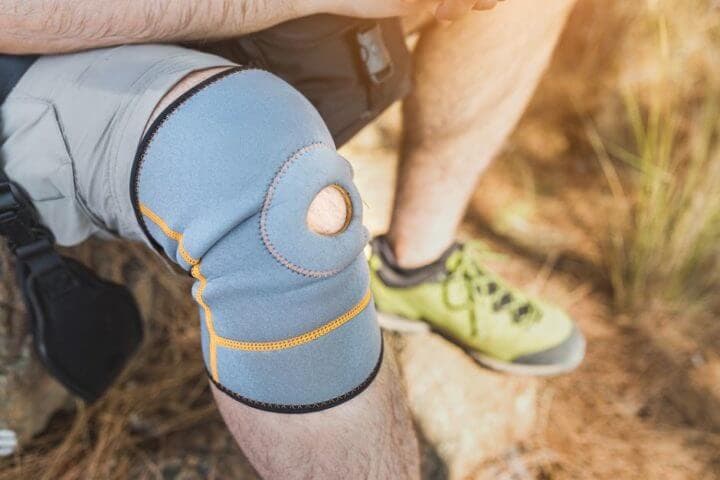
5. If you don't feel pain, you are ready to train
Not feeling pain does not mean that we are all right. According to Alice Holland, a physical therapist at Stride Strong Physical Therapy , it is not uncommon for athletes, especially those recovering from surgery, to return to their sport before allowing their bodies to regain strength and conditioning. Your tissues may be healed, but your muscles take time to rebuild.
Consult with your doctor so that you know when you can resume your physical activities and gradually, without exaggeration, you will be able to carry out your exercise sessions until you reach the same level of performance that you had before the injury.
It is better to go little by little. If you overdo it, you interrupt the recovery process and could even cause new injuries.

References
- Gergley, J. (2013). Acute Effect of Passive Static Stretching on Lower-Body Strength in Moderately Trained Men. Journal of Strength and Conditioning Research 27 (4), 973-977.
